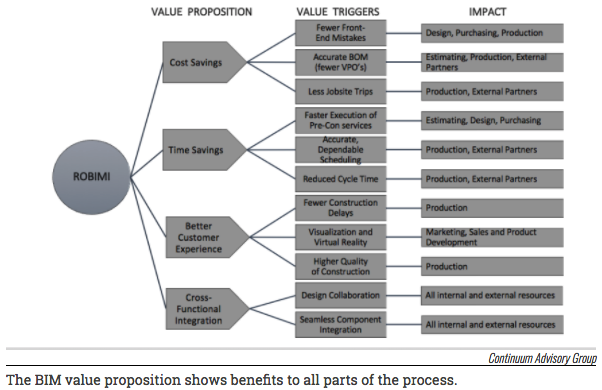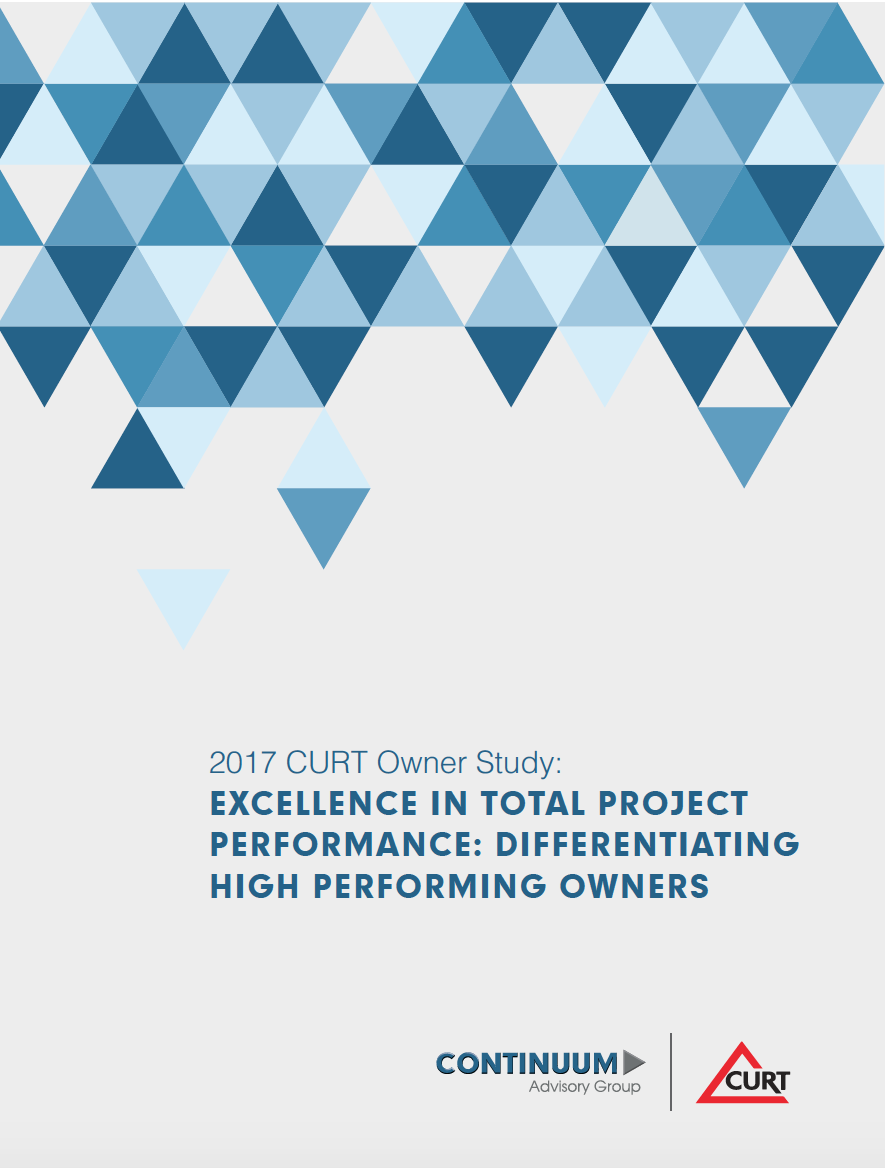The purpose of owner E/C/F (Engineering, Construction, and Facilities) teams may seem obvious: build stuff so that business happens. You wouldn’t be wrong, in the same way that a computer’s purpose is to “do math fast.” The strategic benefits of that team can be harder to identify. Continuum Advisory Group recently completed a study to uncover these benefits and interview people changing the relationship between E/C/F and the internal clients they serve. Above all, we want to show others how. In our new blog series, we’ll be exploring the results of the study in greater depth. Each blog post is focused on one of the eight identified themes from our interviews with 35 diverse corporations.
In a previous installment, we discussed proving the value of your capital program, specifically as it refers to the bottom line. Today our focus narrows from the impact of your program as a whole to the impact of individuals. Because not only should you know their impact, they should, too!
The Devil Is In the Details
Our interviewees emphasized client inventory of your capabilities. Your internal clients may not even know what to ask of your department, so you may have to answer the question before they ask it. It’s your responsibility to let clients know what you can do.
More specifically, it’s important to go beyond the general. “We’re flexible” or “we can adapt” are mere generalities. If you have a guy on your team who can explain complex concepts in elementary terms, advertise him! If there’s a woman who can make stubborn contractors listen, let people know about her! Putting your capabilities in succinct, easily understood terms will sound much more useful.


